Chapter 18 Section 3 Polyhedron Volume
In "Nine Chapters", Shang Gongzhang proposed many algorithms for the volume of polyhedrons, and used the volume formula V=abh of cuboids in practice. For this, Liu Hui regarded it as self-evident and did not try to prove it.
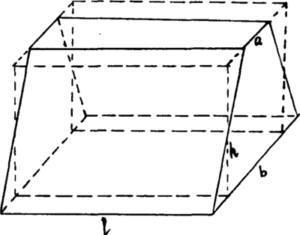
Figure 3 Complementary entry and exit of the cut
Dikes, ditches, and canals are water conservancy facilities, and cuttings, cities, and walls are buildings or fortifications, and their cross-sections are all equal trapezoids.Assuming that the upper and lower widths are a, b, the height (depth) h, and the length l, the volume formula proposed in "Nine Chapters" is V=1/2(a+b)hl.Liu Hui used the in-and-out phase complement, and turned it into a cuboid with a width of 1/2 (a+b), a length of l, and a height of h to prove it (Figure 3).

Figure 4 Cutting
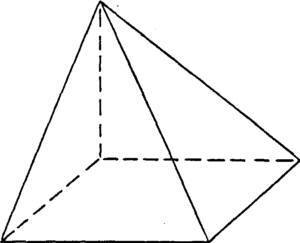
Figure 5 Yangma
A cut is a solid obtained by cutting a cuboid along two opposite edges (Fig. 4), and its volume is obviously V=1/2abh.Cut along a vertex and the opposite edge of the cutting block, part of which is a rectangular pyramid with a rectangular bottom and one edge perpendicular to the bottom, called Yangma (Figure 5). The volume formula V=(1 /3) abh; a part is a tetrahedron that is all Pythagorean on all sides, called 芝臑 [nao nao] (Fig. 6), and its volume V=(1/6)abh.In the case of a=b=h, people use six turtles or three yangma to form a cube. The above two formulas are obvious, and this is (same as "Qi") test method.And when a≠b≠h, the test method is powerless, and the above formula must be proved by the infinitesimal division method.This is a major contribution of Liu Hui, which will be introduced in Section XI.
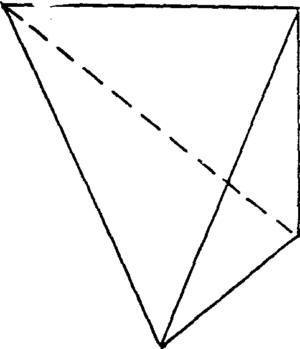
Figure 6 Soft-shelled turtle
The volume of the square cone is the same as that of the Yangma (see Figure 7).Today's Fangtai was called Fangting in ancient times.Suppose the length of the upper side is a, the length of the lower side is b, and the height is h (Figure 8). The formula given in "Nine Chapters" is V=(1/3)(a+b+ab)h.Liu Hui also gave the equivalent formula V=(1/3)(ba)h+abh.Chutong is a haystack, Panchi is a pool dug, and Minggu is a large tomb dug, all of which are rectangular prisms with upper and lower bottom surfaces (Figure 9).The tombs of the emperors of the Han Dynasty are all in the shape of a child.Assuming the upper base is a×b, the lower base is a×b, and the height is h, the volume formula given in "Nine Chapters" is V=(1/6)[(2a+a)b+(2a+a)b]h .Liu Hui also proposed two equivalent formulas V=(1/3)(aa)+(aa)h+1/2(ab+ab)h and V=(1/3)[ab+ab+1/ 2(ab+ab)]h.The grass is also a haystack, shaped like a roof (Figure 10).Assuming the bottom is a×b, the upper length is b, and the height is h, the volume formula V=(1/6)(2b+b)ha is given in "Nine Chapters".Liu Hui also gave the equivalent formula V=(1/3)(bb)ha+&frac2;bah.Xian (sound yan, 通埏) is a tomb passage, which is a wedge-shaped body with three sides of an isosceles trapezoid (two of which are perpendicular to each other) and two sides of a triangle (Figure 11).Let its three dimensions be a, b, c, height h, and length l.
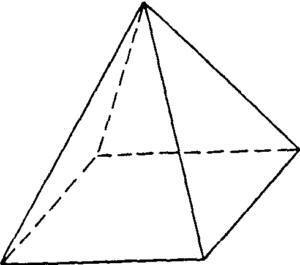
Figure 7 square cone
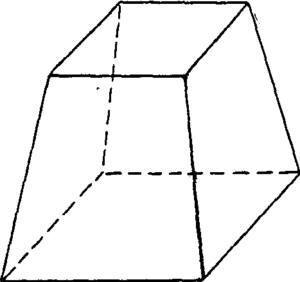
Figure 8 Fang Pavilion
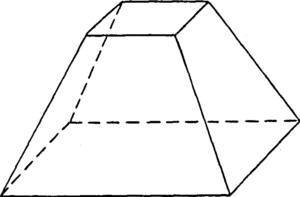
Figure 9 Little boy
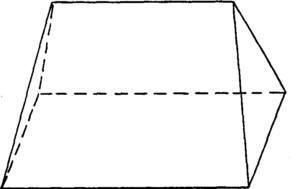
Figure 10 Rudder
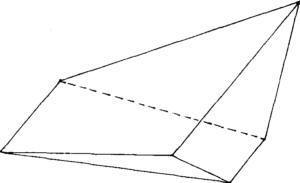
Figure 11 Deletion
"Nine Chapters" gives its volume formula as V=(1/6)(a+b+c)hl.For these special three-dimensional situations, Liu Hui used the experimental method before, but for the general situation, the experimental method is also powerless.Liu Hui decomposed them into a finite number of cuboids, moats, yang horses, and turtles, and proved it by finding their sum.The above formula added by Liu Hui was derived from this.
Obviously, the solution to the volume of a complex polyhedron must be attributed to the Yangma and the turtle. The master of merit." ("Nine Chapters of Arithmetic Shang Gong Chapter Note") The ancient Chinese polyhedron volume theory was formulated in "Nine Chapters", and Liu Hui completed the proof, which can be said to be basically complete.Zu Chong's father and son may have advanced it to the point where mathematicians in the Sui and Tang Dynasties could not understand it. Since "Zhu Shu" was lost, its details are unknown.According to the existing data, there was no major breakthrough in the Tang and Song Dynasties.In the early Tang Dynasty, Wang Xiaotong solved more complex volume calculation problems in civil engineering, all of which were polyhedrons or their combinations discussed in "Nine Chapters". The upper and lower bases of the dike in "Nine Chapters" are parallel. Wang Xiaotong solved a dike whose upper and lower bases are not parallel, as shown in Figure 12. It can be decomposed into a dike and a dike, so its volume is the sum of the two volumes.The volume formula V=(1/6)[(2h+h)(a+b)/2+(2h+h)(a+b)/2[(2h+h)(a+b)/2]in which a is the width of the upper base, l is the length, h, h are the height of the two ends respectively, b, b are the lower width of the two ends respectively.
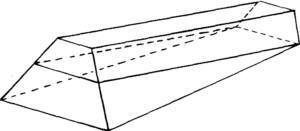
Figure 12 Embankment
Notes:

Figure 3 Complementary entry and exit of the cut

Figure 4 Cutting

Figure 5 Yangma

Figure 6 Soft-shelled turtle

Figure 7 square cone

Figure 8 Fang Pavilion

Figure 9 Little boy

Figure 10 Rudder

Figure 11 Deletion

Figure 12 Embankment
Notes:
